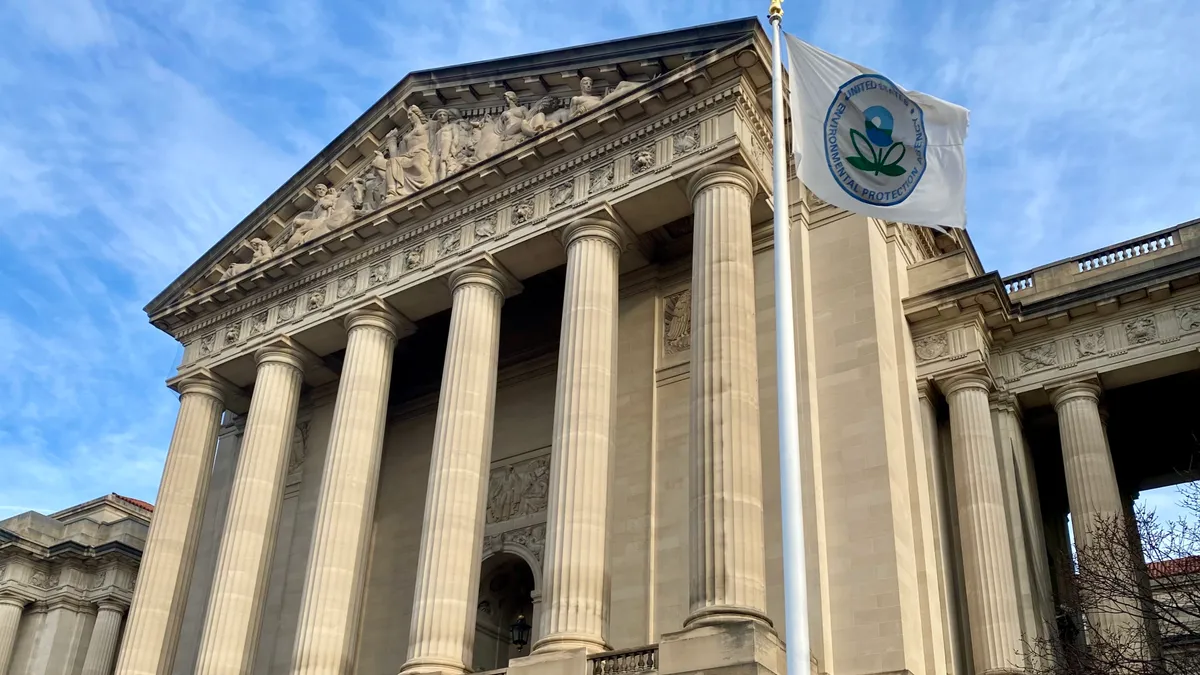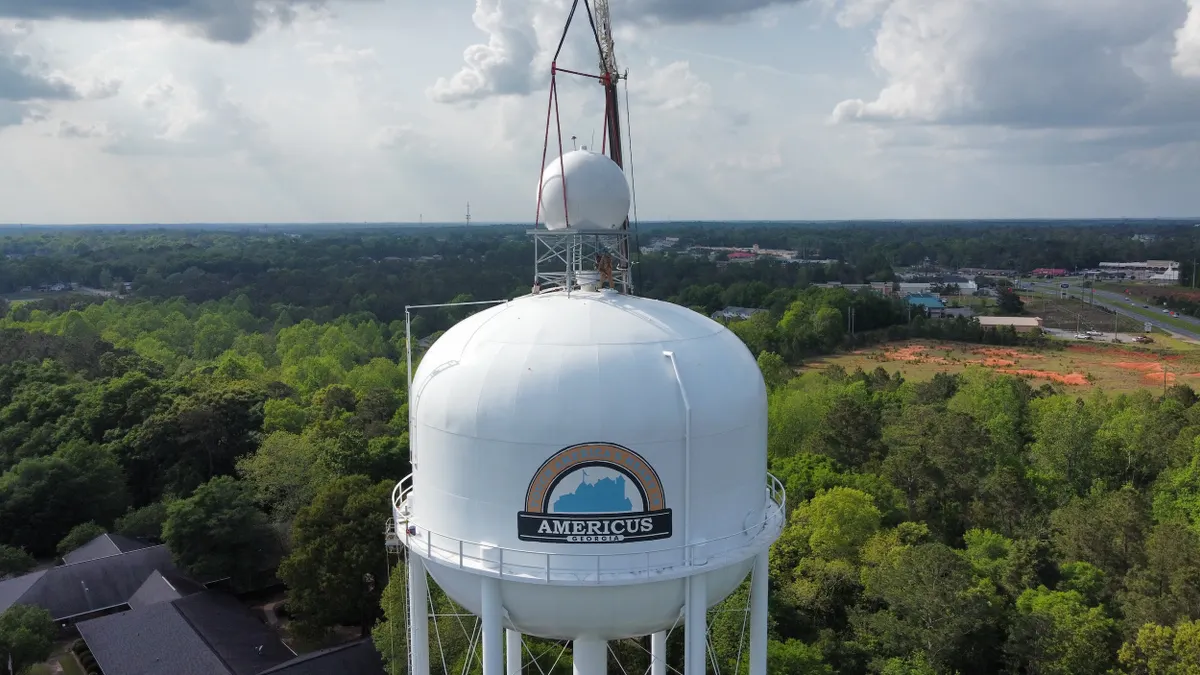Dive Brief:
- San Francisco unveiled a new design for its public toilets — a sleek, metallic curved structure that can be topped with plants or small gardens, according to the San Francisco Examiner and others.
Public Works selects final design for new ‘spaceship’-like public restrooms, via @FitzTheReporterhttps://t.co/vz6FYb5ejM pic.twitter.com/2T9eASkFq1
— SF Examiner (@sfexaminer) June 12, 2018
- The city is touting the potential sustainability and conservation of the bathrooms, which will recycle water from hand-washing and so help feed plants on the top.
- The design replaces the existing Parisian models, and has been compared by many to a spaceship.
Dive Insight:
SmithGroup JJR, which designed the bathrooms, touted the final product as a combination of "sculpture and technology." Bill Katz, a design principal at the firm, told the Sacramento Bee that the firm wanted to design "an object that literally reflects the surroundings and the neighborhoods that it is in, but also will be forward-looking."
But beyond reflecting (sometimes literally) San Francisco’s tech focus, the new bathrooms fit into San Francisco’s Better Streets initiative, which is focused on making sidewalks work for all residents. The program has forced planners to consider all forms of transportation in streets and sidewalks, and has repurposed existing kiosks and furniture into more user-friendly structures, including bathrooms.
The city has touted its availability of self-cleaning public toilets as a solution to complaints about a lack of public facilities. Redesigning public toilets as more attractive kiosks with vegetation can help make the sidewalks more pleasant for pedestrians and nearby residents.
They may not appear to be a top priority, but public toilets have attracted more focus as a service to residents and tourists. New York City last year spent $280,000 to upgrade public facilities in Bryant Park. And to take it one step further, New Delhi has used toilets as part of its quest to become a smart city, installing more than 40 with rooftop solar power, ATMs and tablets to collect user feedback and establish them as key public kiosks.











